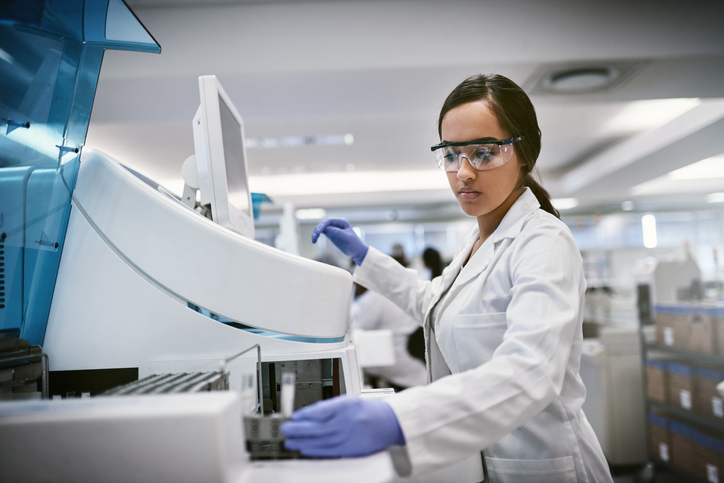Scientists working for Novartis have taken a step forward in better understanding how new classes of biological drugs might affect patients’ immune systems.
Paul Wassmann, PhD senior principal scientist at the Novartis Institutes for BioMedical Research (NIBR) Biologics Center in Switzerland, presented at Bioprocessing Summit Europe on recent research into the immune complexes (ICs) formed when anti-drug antibodies interact with a new drug.
Their work aims to develop a toolkit of in vitro techniques for assessing ICs, which may aid the development of process analytics for new classes of biotherapeutics, including antibody-drug conjugates (ADCs).
“Assessment of ICs for individual biologics is not new to the scientific community,” Wassmann wrote in an email to GEN. “The novelty of our study is the systematic approach to understand the general processes of IC formation.”
Reduce adverse immune response risk
According to the Bioprocessing Summit Europe talk abstract, the research hopes to reduce the risk of adverse immune responses in patients by understanding the mechanisms underlying immunogenicity.
“Understanding immunogenicity—and the processes that govern it—is critical for the development of safe and effective biotherapeutics,” Wassmann stated.
“The main challenge is that it is not possible to observe adverse immunologic events early in development,” hewrote, explaining that pharmaceutical researchers typically focus on identifying the main processes of immunogenicity, but not their potential impacts.
In the study, the scientists examined ICs formed in animal serums using both classical methods, such as size-exclusion chromatography, as well as novel analytical tools like mass photometry.
Wassmann said that, although limitations were observed for individual methods, combining their results could allow for error-free interpretation and potentially provide a more complete view of IC behavior.
He also wrote that he hopes to follow on the work by applying it to Novartis’ regular biotherapeutics programs. He hopes to compare their predicted immunogenicity risks to retrospectively analyzed clinical data.
“Our bold vision is to establish in silico solutions to predict overarching immunogenicity potential for all new drug candidates coming from the research functions,” he wrote.


